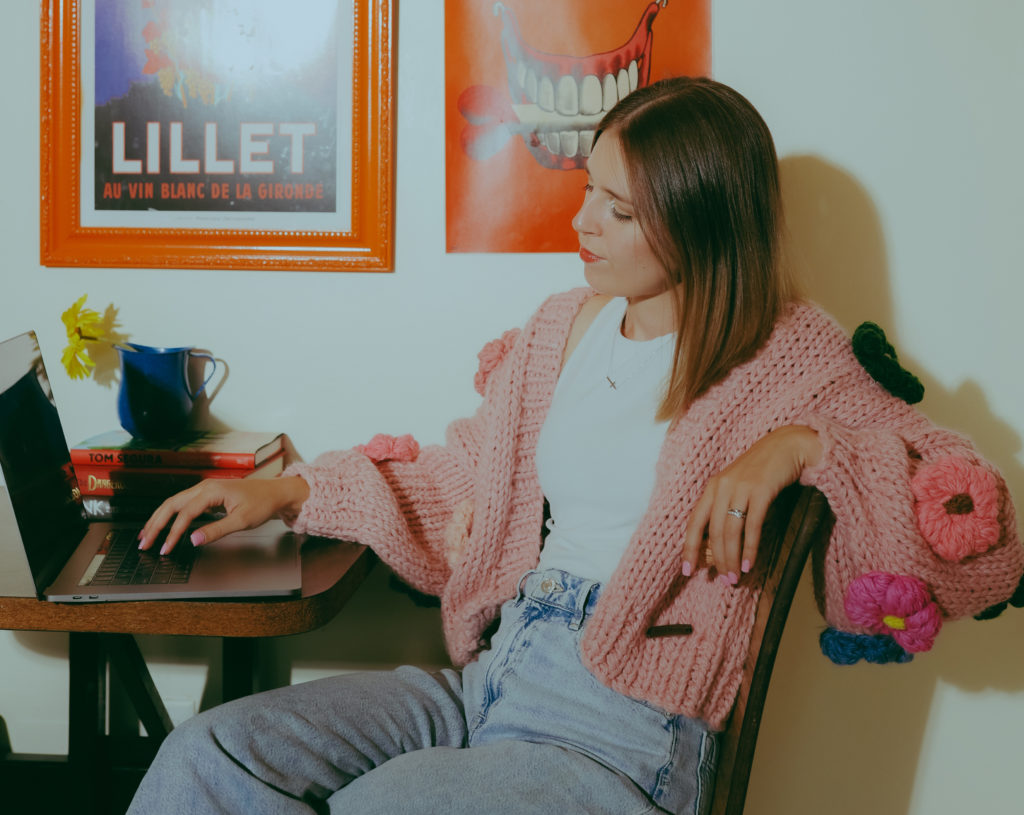What Self-Made, Luxury Creatives Need in Their Brands

What does a self-made, luxury creative need in their brand identity?
An element of meaning.
I believe that in design, if it’s not meaningful, it won’t last. Our design process is tailored to focus on meaning first, which is why our Brand Strategy Questionnaire and Brand Strategy Workshop Call are the first two (and most important) parts of the entire brand design process. They’re also becoming my favorite! (Moodboards 4ever).
I ask specifically about illustrative and iconographic elements to your brand in that first phase, and I brainstorm with my clients around what values and meaningful memories, elements, places, people, etc. are most important to them, and how we could represent those in a brand. We also discuss illustration style, and I include a specific Illustration Direction page in my Brand Strategy presentations on which my clients can give their feedback.
A timeless style that walks the line between “classic” and “modern.”
I do an exercise with my clients in the Brand Strategy phase of the process where I ask for them to rate their ideal brand visuals on a scale of 1-5, 1 being “classic” and 5 being “modern.” Most often, I get 2s and 3s, and I often get 2.5s! This is because for the self-made, luxury creative service providers that I work with, there are both elements of “classic” andelements of “modern” to their brand.
I define “classic” as more on the traditional side – this means serif fonts (flicks on the ends of the letters), higher contrast font weights (the up and downstrokes of the letters have different thickness), and certain retro-inspired elements like circle, oval, or square outlines on marks, “ESTD” dates, and monogram marks.
On the other hand, “modern” feels even cleaner to me – this means sans serif fonts (no flicks on the ends of the letters – what you’re reading right now is a sans serif font!), more monoweight fonts (the thickness of the letters is more consistent, and spacious tracking (the space between the letters of a word). Modern design might also have more of an editorial edge.
Mixing elements of these two together is the secret sauce that we love cooking up for our clients. I truly believe that you can have the best of both worlds – a design that feels timeless, forever relevant, and part of the modern era.
A fully “furnished” suite of brand identity elements that seamlessly represent your brand across all physical and digital client touchpoints.
Some clients come to me with just a logo, and feel boxed-in and limited by the logo’s orientation (we call this a lockup!) or their lack of versatility in smaller (or larger) spaces. That’s why we almost never design a logo alone – I’ve joked with clients before that I’d design the rest of the brand anyways, because it just materializes in my mind that way! Our brand identity suites often consist of primary, secondary, and tertiary logos, logo marks (monogram, tagline-focused, or illustrative), separate icon or illustrative elements, typeface suits, and then sometimes brand patterns, icon suites, and other auxiliary elements depending on what my clients value most.
Let’s do the same exercise from my Brand Strategy Questionnaire on your current brand! On a scale of 1 – 5, 1 being classic and 5 being modern, where does your brand identity currently land?